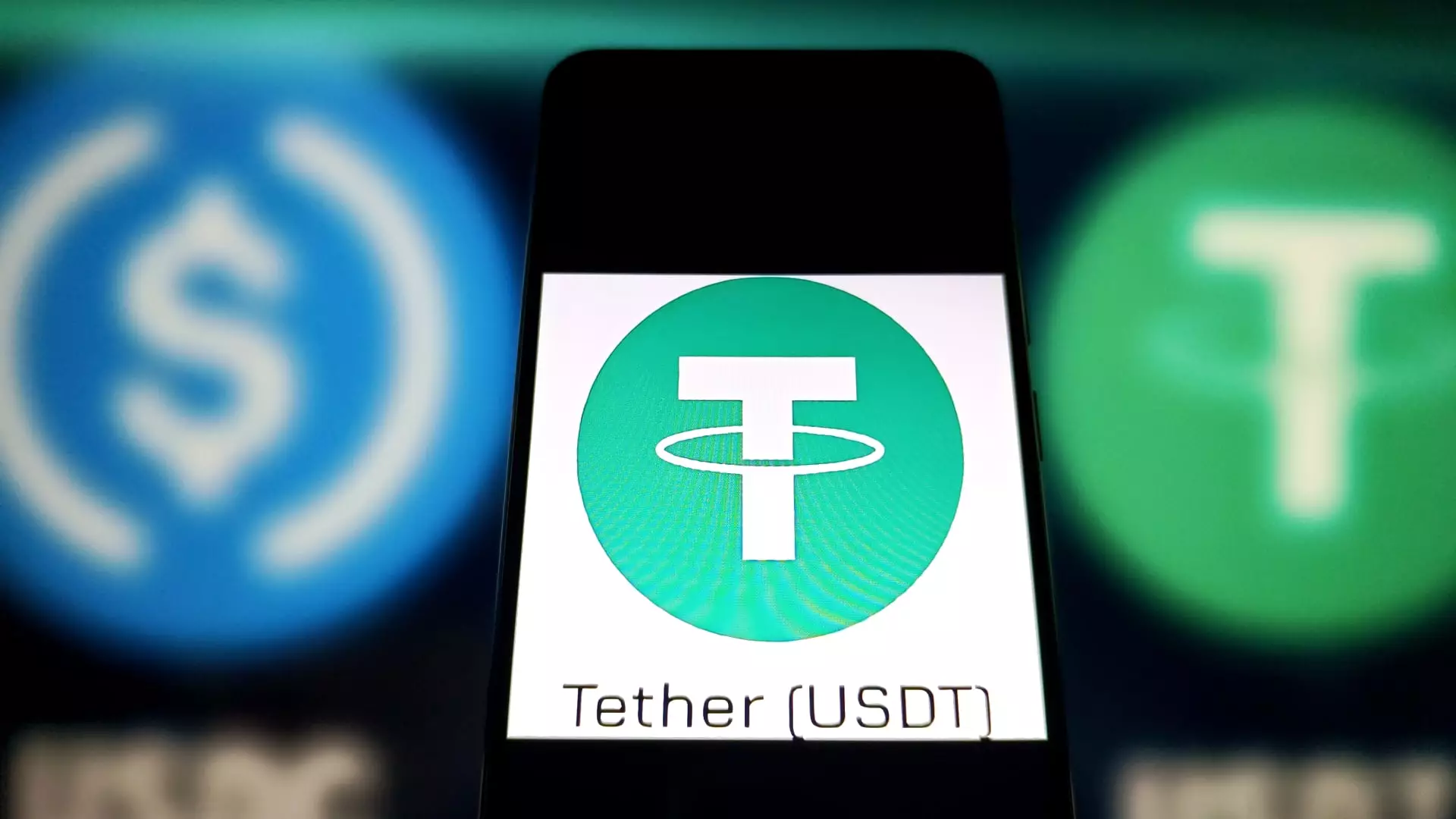On Wednesday, Hong Kong made headlines by passing a groundbreaking stablecoin bill, positioning itself as a forward-thinking hub for cryptocurrency regulation. This legislation aims to expand the existing licensing regime within the territory, acknowledging the growing significance of stablecoins in the global financial arena. Unlike their notorious counterparts such as bitcoin, which are often subject to wild price fluctuations, stablecoins derive their value from tangible assets, ranging from traditional fiat currencies to commodities like gold. This strategic regulatory move underscores Hong Kong’s commitment to fostering both innovation and financial stability amidst a chaotic crypto landscape.
The details of the new law reflect a comprehensive approach to regulating fiat-referenced stablecoins. Under this framework, stablecoin issuers will be mandated to secure licenses from the Hong Kong Monetary Authority (HKMA), which will entail adherence to stringent requirements. These include robust management of asset reserves and strict segregation of client assets, with the goal of bolstering trust and reliability in these digital instruments. This initiative positions Hong Kong as a trailblazer in establishing a stable regulatory environment that invites international players while simultaneously safeguarding investors.
Empowering Financial Innovation and Stability
The central banking authority has articulated that this regulatory update will not only enhance Hong Kong’s existing framework for virtual asset activities but will also pave the way for significant financial innovation. By implementing these proactive measures, the HKMA seeks to strike a delicate balance between protecting consumer interests and nurturing a dynamic cryptocurrency marketplace. The government’s announcement of additional consultations on the regulatory specifics suggests they are in tune with industry feedback, fostering an inclusive dialogue that can lead to even more refined regulations.
Anticipated to come into effect within this year, the new policy promises vendors ample time to adapt to the forthcoming guidelines. This versatility might prove advantageous for the industry, enabling time for education and acclimatization to the burgeoning regulatory landscape. While the new measures will not only benefit stablecoin issuers but also enhance Hong Kong’s reputation as a leader in compliant digital finance, it sets a compelling precedent for other jurisdictions contemplating similar frameworks.
A Global Shift Toward Stablecoin Regulation
The Hong Kong stablecoin initiative surfaces at a pivotal moment as global attention intensifies on regulating these digital assets. Just days prior to Hong Kong’s legislative action, the U.S. Senate put into motion the GENIUS Act, which outlines regulatory protocols for stablecoin issuers—a move indicative of a seismic shift in governance across multiple territories. Countries worldwide, including those in the European Union, the United Arab Emirates, and Japan, are exploring their regulatory processes, with many implementing frameworks in a bid to gain oversight over stablecoin markets.
Chengyi Ong, from blockchain analytics firm Chainalysis, highlighted the expected outcomes of such regulations on the broader adoption and legitimacy of cryptocurrency. She emphasized that stablecoins serve as the backbone of the crypto ecosystem, playing a crucial role in mitigating inefficiencies in conventional finance. Operations like cross-border payments, often mired in delays, could significantly benefit from the reliability and speed of stablecoins, catalyzing their acceptance within the mainstream financial landscape.
Additionally, some experts, such as YeFeng Gong of HashKey OTC, argue that Hong Kong’s legislative move sets a global benchmark for stablecoin regulations. By mandating full reserve backing and dedication to stringent redemption guarantees, the HKMA is actively working toward creating an atmosphere of institutional reliability for traders. This focus on compliance is not only beneficial for market integrity but also essential for attracting more serious fintech ventures to the region.
Looking Ahead: The Future of Stablecoins
As the total market capitalization for stablecoins nears $232 billion, the implications of these regulatory frameworks are far-reaching. They represent not just a retreat from the cryptocurrency chaos but rather an invitation for innovation that adheres to responsible financial practices. In a landscape where digital finance wrestles with trust and stability, Hong Kong’s legislation could significantly influence the trajectory of stablecoin markets, both locally and globally. The ongoing transition toward a more regulated environment is pivotal, and the outcome will likely set the tone for how governments worldwide embrace or resist the integration of cryptocurrencies into traditional financial systems. The dialogue spurred by these developments is essential for crafting policies that can foster a high-quality, responsible, and innovative stablecoin sector.

